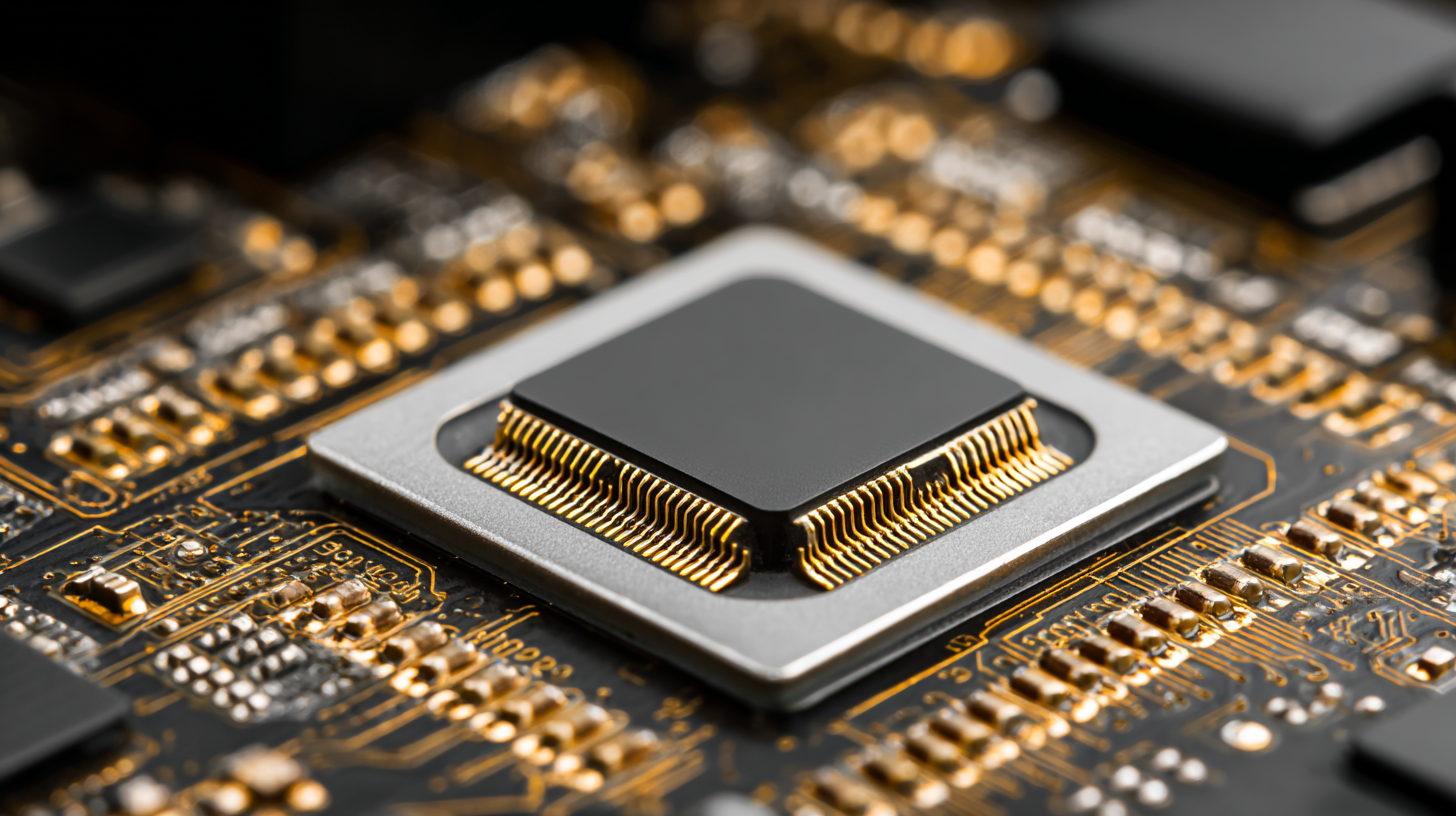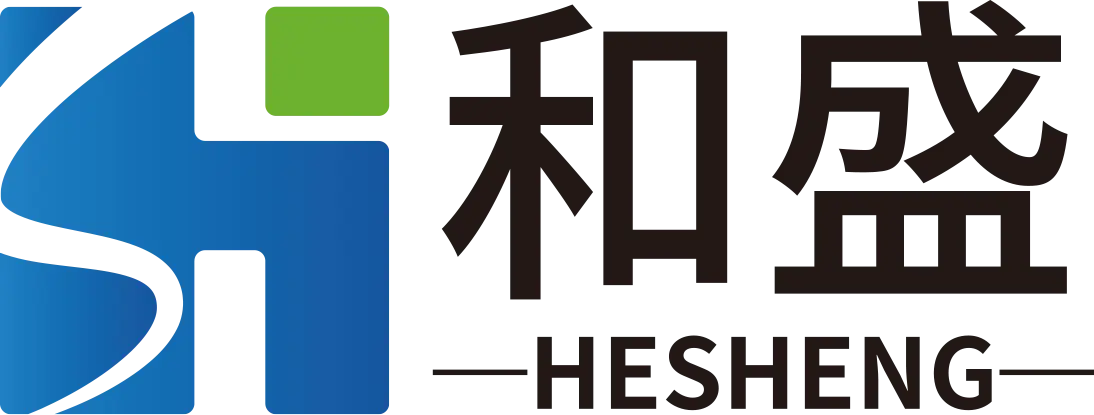Leave Your Message
In today's rapidly evolving technological landscape, the demand for efficient and high-performance components has never been greater. Among these, Sic Semiconductor stands out as a game-changer, offering unparalleled advantages in power density, thermal performance, and efficiency for various applications. As global buyers seek to leverage the benefits of this cutting-edge technology, navigating the complexities of the Sic Semiconductor market can be both exciting and daunting. This guide aims to equip buyers with essential insights and actionable tips that will not only enhance their understanding of Sic Semiconductors but also empower them to make informed purchasing decisions. Whether you are venturing into the realm of power electronics, electric vehicles, or renewable energy systems, unlocking the potential of Sic Semiconductors will be crucial for your success in the competitive global market. Join us as we delve into five essential tips that will pave the way for effective sourcing and integration of these innovative components into your projects.

The integration of silicon carbide (SiC) semiconductors in automotive applications is revolutionizing energy efficiency. As automotive technology evolves, the demand for powerful, efficient components escalates, making SiC a crucial player. SiC devices, known for their high thermal conductivity and voltage resistance, enable vehicles to operate at higher efficiency rates, driving down energy consumption and enhancing performance. By facilitating faster charging and improved power management, SiC technology paves the way for a new generation of electric vehicles (EVs) that align with global sustainability goals.
Recent trends show a significant surge in the market for wide bandgap semiconductors, with projections estimating it to reach around USD 42.1 billion by 2034, driven predominantly by the automotive sector. This growth highlights the increasing reliance on SiC and gallium nitride (GaN) semiconductors to meet industry demands. As manufacturers ramp up their efforts to innovate with SiC technology, the automotive industry stands poised to achieve unprecedented advancements in energy efficiency, marking a pivotal shift towards greener transportation solutions.
When selecting reliable SiC semiconductor suppliers for global operations, several key factors must be considered. First and foremost, the supplier's reputation in the industry plays a crucial role. It's essential to evaluate their history, customer reviews, and case studies to gauge the quality and reliability of their products. Suppliers with a proven track record of meeting delivery deadlines and maintaining high-performance standards tend to be more dependable.
Another important factor is the supplier's technological capabilities and innovation. SiC technology is rapidly evolving, and partnering with a supplier that invests in research and development can provide significant competitive advantages. It's beneficial to assess their product range, including various SiC components and customized solutions that can cater to specific application requirements. Lastly, examining their support and service post-purchase is vital; suppliers offering comprehensive technical support and agile response to customer inquiries can significantly enhance operational efficiency and product integration.

In the modern industrial landscape, the transition to Silicon Carbide (SiC) technology has emerged as a crucial consideration for manufacturers aiming to enhance their operational efficiency. Conducting a thorough cost-benefit analysis is essential for global buyers contemplating this shift. Firstly, while the upfront costs associated with SiC components may be higher than traditional silicon alternatives, the long-term return on investment (ROI) can be significant. SiC technology offers superior thermal conductivity and efficacy, leading to reduced energy consumption and lower operational costs over time.
Moreover, implementing SiC technology opens the door to improved performance metrics, such as higher switching frequencies and voltage ratings. This can translate into smaller and more efficient systems, further reducing the overall production costs. Additionally, as industries increasingly focus on sustainability, the eco-friendly nature of SiC materials aligns well with corporate responsibility initiatives. Understanding these factors allows buyers to evaluate not only the immediate financial implications but also the broader impact on their manufacturing processes and environmental goals, ultimately guiding the decision to adopt SiC technology effectively.
| Tip | Description | Cost Considerations | Potential Benefits | Long-term Impact |
|---|---|---|---|---|
| 1. Assess Compatibility | Evaluate current systems and identify how SiC can integrate. | Initial assessment costs can vary depending on the complexity. | Improved efficiency and performance can lead to lower operational costs. | Enhanced adaptability for future technologies. |
| 2. Calculate Energy Savings | Analyze potential reductions in energy consumption. | Understand current energy costs to project savings accurately. | Long-term savings in energy costs can be significant. | Contributes to sustainability goals and reduces carbon footprint. |
| 3. Quality vs. Price | Evaluate product quality against cost to determine value. | Higher upfront costs may be justified by longer lifespans. | Improved reliability can lower maintenance costs. | Potentially higher ROI due to reduced failure rates. |
| 4. Supplier Assessment | Conduct thorough research on suppliers for reliability. | Invest time in assessing supplier terms and conditions. | Reliable suppliers can ensure consistent supply chains. | Mitigates risks associated with supply interruptions. |
| 5. Future Trends | Stay informed about trends affecting SiC technology. | Future-proofing may require investment in ongoing research. | Enhanced positioning within the market by adopting innovative tech. | Leverage technology developments for competitive advantage. |
The SiC semiconductor market is poised for substantial growth, driven by increasing demands in various industries, particularly within renewable energy sectors. As global interest in sustainable power solutions escalates, the power electronics market is predicted to expand from $25.78 billion in 2024 to approximately $43.42 billion by 2032, reflecting a robust compound annual growth rate (CAGR) of 6.7%. This surge signals a pivotal shift towards the adoption of advanced semiconductor materials like silicon carbide, which excels in high-efficiency and high-temperature applications.
In addition to power electronics, the SiC ceramic market also shows promising potential, anticipated to grow from $0.95 billion in 2022 to a notable increase by 2030, with a remarkable CAGR of 10.2% from 2024. The need for efficient thermal management and superior electrical performance further drives this demand, particularly in applications related to electric vehicles and renewable energy systems. As these markets evolve, global buyers seeking to harness the advantages of SiC semiconductors must stay abreast of emerging trends and technological innovations to optimize their operations and meet the growing energy demands sustainably.
Navigating the complexities of the SiC semiconductor supply chain requires a solid risk management strategy for global buyers. The rapidly evolving landscape, influenced by market demand and geopolitical factors, mandates a proactive approach to identify potential disruptions. By establishing robust supplier relationships and diversifying sourcing options, buyers can mitigate risks associated with dependency on a single supplier. It’s essential to continuously assess supplier stability and technological advancements to ensure a steady flow of quality products.

In addition to building resilient supply chains, global buyers should implement real-time monitoring tools to track market fluctuations and supply risks. Utilizing data analytics can provide insights into potential supply chain vulnerabilities, enabling companies to respond promptly. Collaborating with industry experts and participating in relevant forums can also enhance understanding of the SiC landscape, equipping buyers with the knowledge necessary to make informed decisions. By prioritizing risk management and staying ahead of the curve, buyers can unlock success in the competitive SiC semiconductor market.






